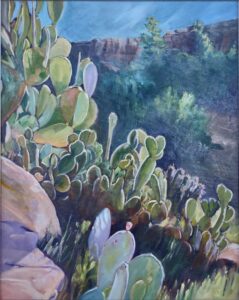
The hardest thing for a teacher is the student who says, “yes, but…” to everything one tells them. I should know; I tend to be one of those myself. I know what it means to stubbornly protect what I already know, to rely on my own skills instead of opening my mind to new concepts. (Note to Cornelia Foss: I really was listening; I wish I’d listened better.)
I’m teaching in Sedona this week and Austin next week, so preparation is on my mind.
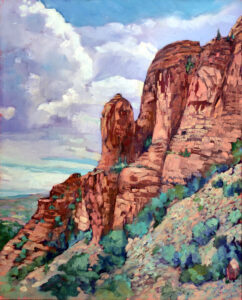
Come prepared
Study the supply list, but don’t just run right out and buy everything on it. Every teacher has a reason for asking for specific materials. In my case, it’s that I teach a system of paired primaries. You can’t understand color theory without the right paints. Another teacher might have beautiful mark-making. If you don’t buy the brushes he suggests, how are you going to understand his technique?
A tube of cadmium green that I once bought for a workshop and never opened still rankles. I never want to do that to my students. When you study with me, I want you to read my supply lists. If something confuses you, or you think you already have a similar item, email and ask.
(If you find yourself buying something for one of my classes or workshops and not using it, would you let me know? It means I’m missing something.)
Bring the right clothes. It’s hovering in the 50s in Sedona this week, but Austin will be in the 70s. I send my students a packing list for clothes and personal belongings. But modify it for the weather you’re expecting. Don’t ignore the insect repellant and sunscreen.
Know what you’re getting into.
“How can you stand this? It’s all so green!” an urban painter once said to me after a week in the Adirondacks.
There are no Starbucks in Acadia National Park or on the clear, still waters of Penobscot Bay. If you’re dependent on your latte macchiato, you may be uncomfortable at first. But the beauty of America’s wild places more than makes up for it. (And somehow, there’s always coffee, even where there’s no cell phone reception.)
Take notes
There’s a sketchbook on my supply list; plan on writing as much as you draw. If you write down key points, you’ll remember them far better than if you just read my handouts.
Listen for new ideas and ask questions. If I can’t stop and answer them mid-stream, save them for after the demo. Participate in discussions and know that your voice is valued; I’ve learned more from my students than from anyone else.
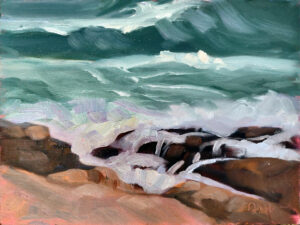
Be prepared to get down and dirty.
I’m not talking about the outdoors here, I’m talking about change and growth. I am highly competitive myself, so it’s difficult for me to feel like I’m struggling. However, it’s in challenge that we make progress. Use your teacher’s method while you’re at the workshop, even if you feel like you’ve stepped back ten years in your development. That’s a temporary problem.
You can disregard what you learn when you go home, or incorporate only small pieces into your technique, but you signed up for the workshop to grow and change. You can’t do that if you cling to your own technique.
Connect with your classmates
There’s power in those relationships. Exchange email addresses. Keep in contact. Follow them on Instagram or Twitter. You’ll learn as much from each other as you will from me.
Reserve your spot now for a workshop in 2025:
- Advanced Plein Air Painting, Rockport, ME, July 7-11, 2025.
- Sea and Sky at Acadia National Park, August 3-8, 2025.
- Find Your Authentic Voice in Plein Air, Berkshires, MA, August 11-15, 2025.
- Immersive In-Person Fall Workshop, Rockport, ME, October 6-10, 2025.

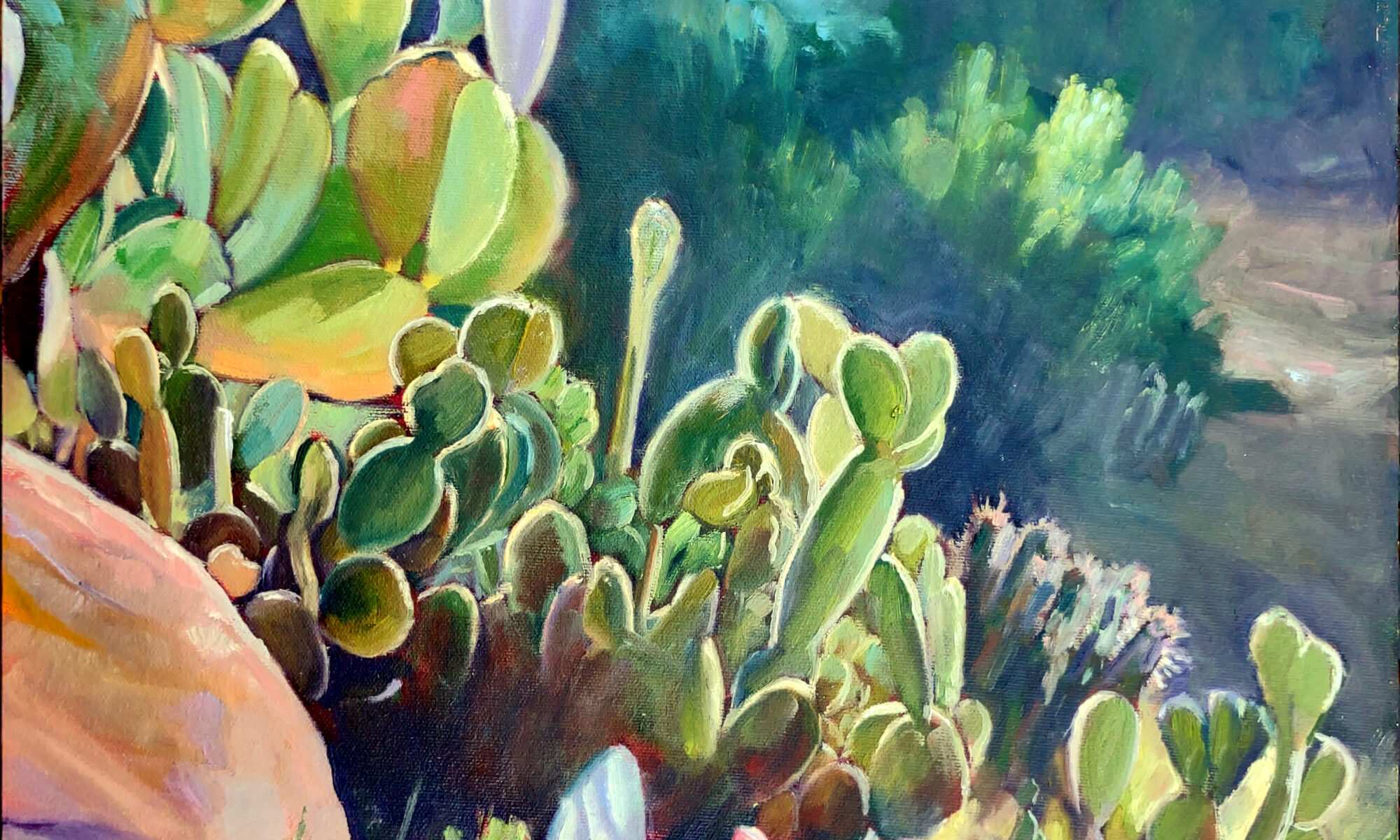
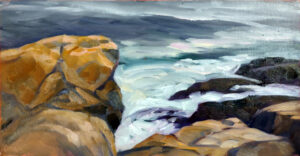
as always, right on target!